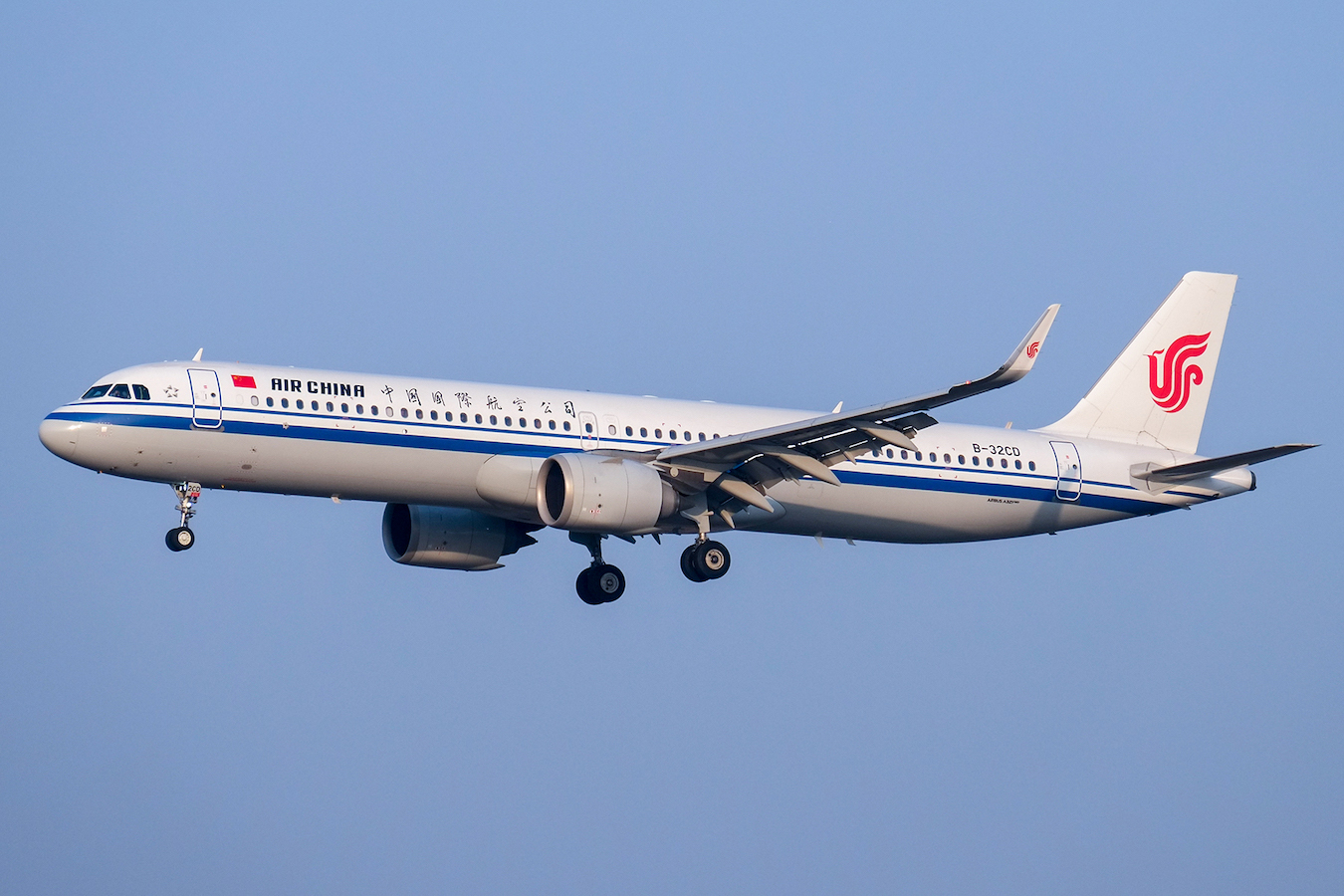by Brian Hioe
語言:
English
Photo Credit: N509FZ/WikiCommons/CC BY-SA 4.0
THE CHINESE GOVERNMENT announced earlier this week that it would be ending the current “offset measure” for the M503 flight route, as well as beginning eastbound operation of routes W122 and W123. The Taiwanese Civil Aviation Administration has criticized this move as unilateral in nature, in reversing course on previous negotiations between Taiwan and China.
Namely, the shift in the routes will bring Chinese flights close to the median line of the Taiwan Straits, particularly in the event of poor weather. As such, the move has been criticized as not only an attempt to pressure Taiwan, but also to create security concerns for Taiwan.
Incursions by Chinese warplanes to Taiwan’s Air Defense Identification Zone (ADIZ) already take place on a near daily basis. The ADIZ is the airspace near a country where planes normally identify themselves for security purposes.
The air incursions serve several purposes. For one, they serve to probe at and wear down Taiwan’s defenses. This is particularly the case seeing as Taiwan scrambles its own fighters in response to such Chinese air incursions, which wears down Taiwan’s airframes, costing expenditure to repair and in terms of the cost of fuel. Moreover, the air incursions provide training for Chinese fighter pilots for future wartime scenarios, and serve as a means of psychological warfare directed at Taiwan.
In recent weeks, particularly around the time of elections, the Chinese government has sought to pressure Taiwan through balloon launches. The balloon launches were thought to be an attempt to turn up pressure on Taiwan without necessarily escalating in the manner of using warplanes, rockets, or other more direct threats, though the balloons usually passed over Taiwan.
 Photo credit: Windmemories/WikiCommons/CC BY-SA 4.0
Photo credit: Windmemories/WikiCommons/CC BY-SA 4.0
This, too, proves a form of grey-zone tactics from China aimed at pressuring Taiwan. Yet this occurs in a number of other domains as well, as in sand-dredging by Chinese vessels off of Taiwan’s outlying islands, or encroachment in fishing waters by Chinese vessels. More generally, there have been long-standing concerns about the integration of civilian vessels into Chinese military activity or the use of the Chinese Coast Guard for military objectives.
This sort of civilian-military integration is less likely with flight routes and civilian aircraft. At the same time, a clear effort is made to blur the lines, in using civilian air routes to try and pressure Taiwan.
Ironically, Taiwan has long sought to call attention to its exclusion from the International Civil Aviation Organization (ICAO), the UN body that governs air safety. Such exclusion occurs in spite of the large amount of air traffic that passes through Taiwan, due to Chinese pressure. As such, Taiwan has framed China as politicizing the issue, in spite of the potential dangers that this poses. In this respect, Taiwan’s campaign to call for inclusion in the ICAO proves similar to its efforts to call for inclusion in other UN bodies from which Taiwan is excluded such as the World Health Organization.
At the same time, China’s heft in the international world has allowed it to exert pressure through international institutions or to take action unilaterally. The ending of the “offset measure” for M503 flight route is one example.
Indeed, this is not the first time that China has sought to use the MH503 flight route to pressure Taiwan either. China’s declaration of the M503 flight route has led to protests breaking out in Taiwan in the past, most notably with an attempt to charge government buildings by demonstrators in January 2015. This took place less than a year after the Sunflower Movement ended and while the Ma administration was still in power.
Yet this also occurred in 2018, during the Tsai administration, as one of China’s many moves aimed at constraining the Tsai administration’s diplomatic space. So, too, then, with more recent moves, presumably aimed at pressuring the incoming Lai administration.

